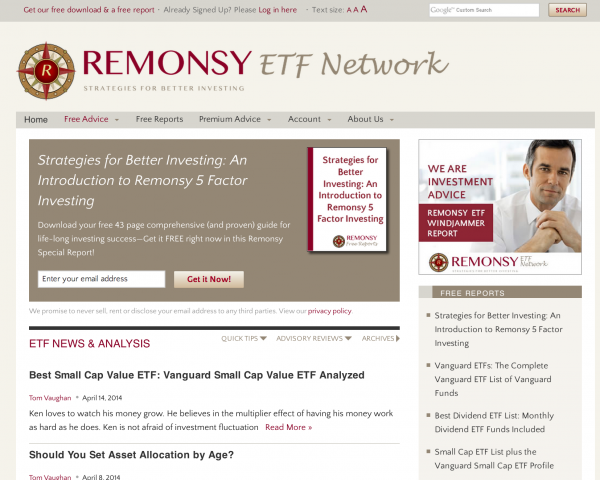Five Insider Tips For Analyzing Which ETFs to Invest in
Post on: 9 Апрель, 2015 No Comment

TheStreet Five Insider Tips For Analyzing Which ETFs to Invest in
NEW YORK (TheStreet ) — The galaxy of investment products has reached dizzying levels of complexity.
For instance, there are now over 1,600 Exchange Traded Products (ETPs). Thanks to ETPs, average Joe retail investors can invest in asset classes previously reserved only for institutional and accredited investors.
It took a lot of financial innovation to get to where we are today. This innovation doesn’t come without complication. It took a lot of ingenuity to create gold, silver, oil, euro, and every other commodity or currency ETP in the universe.
Like cars, those modern investment vehicles are more complex than past vehicles. ETPs opened the door to never before seen opportunity, but there are also potential pitfalls.
For example, some ETPs may result in tax bills 39% higher than an old-fashioned stock investment.
Knowledge is king, and here are the five most important must know facts before buying ETPs. We will work from the least to the most important.
More than 330 ETPs have less than $10 million under management and more than half of all ETPs (860+) manage less than $100 million.
This can result in low trading volume and unfavorable bid/ask spreads. This means you could be paying at a premium and selling at a discount. If you are looking to get your order filled quickly and at the best price, you may want to stay away from thinly traded ETPs.
ETPs are almost always cheaper than mutual funds. But a bit more research can shave down expenses to an absolute minimum. For example, the Vanguard S&P 500 ETF is even 0.04% cheaper than the popular SDPR S&P 500 ETF .
The Vanguard Small-Cap ETF has a price tag of only 0.09%, compared to the more popular iShares Russell 2000 ETF at 0.24%. The most popular ETP is not always the best or cheapest.
Tax Structure
Everybody knows that the IRS doesn’t adjust tax bills because of ignorance. It’s our responsibility to know what we’re getting into. Nevertheless, taxation is perhaps the most neglected part of ETP research.
The tax treatment of most equity ETFs, like the SPDR S&P 500 ETF. is pretty straight-forward. Short-term gains are taxed as ordinary income, long-term gains are capped at 20%.
Commodity ETPs set up as grantor trusts, such as the SPDR Gold Shares and iShares Silver Trust. are taxed as collectibles. Short-term gains are taxed as ordinary income, long-term gains are capped at a much higher 28%.
Other commodity ETPs, like the United States Oil Fund or PowerShares DB Commodity Index ETF. are limited partnership ETPs that generate a schedule K-1 form.
All gains of futures-based limited partnership ETPs are taxed as follows: 60% of gains are taxed at 20%, 40% of gains are taxed as ordinary income (blended maximum of 27.84%). K-1 statements often list realized and unrealized (paper) gains.
Gains from commodity ETNs are taxed like most equity ETPs.
Gains from currency grantor trusts, like the CurrencyShares Euro Trust. are taxed as ordinary income regardless of the holding time.
The maximum long-term tax rate for many popular ETFs, like GLD, SLV, USO, DBC, FXE, can be 27.84% (in some cases even 39.6%) instead of 20%. That’s at least a 39% tax premium.
Advance knowledge of ETP taxation coupled with increased holding times or tax-advantaged retirement accounts can help reduce tax liability and frustration with Uncle Sam.
Leverage can work for you or against you. It’s important to understand the basic leverage math before buying a leveraged ETP.
For example, a 3x leveraged ETP that loses 10% on the first day and gains 10% on the second day will show an 8% loss at the end of the second day (see table below).
Sideways markets (especially with an initial bearish bias) can wreak havoc on leveraged ETPs even if the underlying index recovers all losses.
A detailed chart comparison of the tracking error caused by leverage is available here: The Basics of Short and Leveraged ETFs
Buy Low, Sell High
ETP research is important, but don’t miss the forest for the trees. Tax efficiency only matters if the position is actually profitable, and even the best-in-class ETP will disappoint if bought high and sold low.
I’m often asked lately: Is it too late to buy? In my humble opinion it’s late, but not too late. Based on one reliable historical pattern (more details here ) there should be one final bull market leg and an opportunity to reap the benefits of your ETP research.














